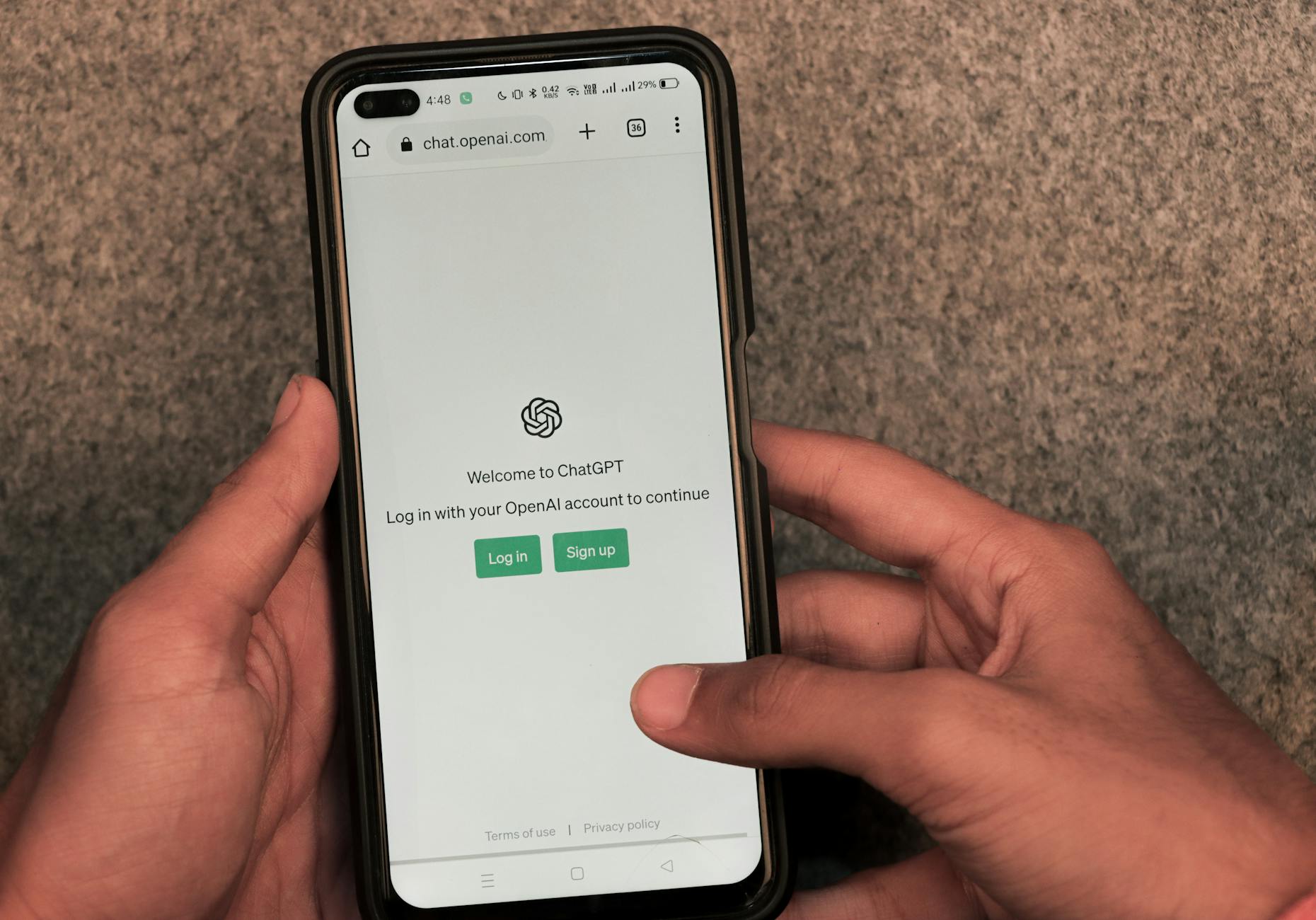I was looking for a job for quite a while now, when I decided to make some changes to my resume. I couldn’t figure out why is it so difficult to land a job, until I’ve decided to look into the suggestions I have received recently. The services of jobscan.co was suggested to me to check my resume with. The site claims, that they are checking the resumes with the same Applicant Tracking System (ATS) that recruiters will sort the applicant’s resume. It has pointed out some issues with my resume, and I also have received some pointers from others that I wanted to share with you.
File Name and Format
While I personally believe, a plain text file is just as helpful as a PDF or Word document, jobscan.co recommends the latter two. Also, I could not take the time to figure out what are the exact characters that are invalid, it is safe to say, that the valid characters are within the ASCII range, and also probably can be used in a URL without escaping it: English letters, digits, underscores, dashes and period. Conflicting characters claimed to be caught up in the ATS if used.
Simple Layout
An ATS does not make text recognition, and however the text is layout, that is how it sees it. So for example, each and every letter aligned perfectly next to each other, for a human to be able to read it, but structurally separated in the PDF or DOC file, or not even in the correct order for it textually be read, then an ATS will not see the same thing that you have written. If you select the entire content of your resume, copy it and paste it in to Notepad, and it is still legible, all crucial information is there and in the correct layout, then your resume could be sorted. This also means, that images can’t hold information, that is important to the job you are applying for. So no fancy graphs, or scanned documents.
I have read a LinkedIn post from a recruiter somewhere, that they always prefer a resume that stands out, over the other resumes that uses templates. This isn’t really a requirement, as most important for a job application is to share your skills, not to send them a brochure. I have not talked about this with too much people, but some indication is that this may be only valid point if you’re applying for a graphics designer job. I don’t so it is not relevant for me.
Contact Information
It is also important, to share your contact information, so recruiters can reach out to you. It may also be important to recruiters to learn more about you as a person, so anything that might be relevant to your application can be interesting. This includes the following:
- Your living location
They aren’t necessarily interested to the house number, but rather to the city level, as it can be interesting for relocation or commute considerations. jobscan.co humors you by allowing you to define this to the door number, but disregards it. - Your phone number
- Your email
- Your LinkedIn profile
jobscan.co recommends you to have a LinkedIn profile. There are further requirements with this, in the next section. - Your website
This could be anything relevant to a job application. Since I usually apply for programming jobs, GitHub, Stack Overflow or anything similar is relevant here.
LinkedIn URL: Valid but Invalid
Hi, my name is Ádám Juhász, with acutes (the accents atop the A’s), and not Adam Juhasz. This cause issues with my default LinkedIn handle, as the generated URL would contain accented letters: https://www.linkedin.com/in/ádám-juhász-79a80695/. This of course doesn’t work in URLs, and will be escaped: https://www.linkedin.com/in/%C3%A1d%C3%A1m-juh%C3%A1sz-79a80695/1. Both links lead you to the same site. However, running the test with jobscan.co, neither was recognized as a valid LinkedIn profile, and was flagged missing. So if your name doesn’t consist of URL safe letters—which is the English alphabet, digits, and a few more punctuation—then sorry buddy, you effectively don’t have a LinkedIn profile.
Since jobscan.co didn’t disclose what tools they are using, I cannot contact the developers informing about the discrepancy in their tool’s behavior and how LinkedIn URLs are constructed, so the only way I can resolve this issue, (beside legally changing my name), is to create a custom LinkedIn handle: https://www.linkedin.com/in/jadaml. Luckily, this not only works, but the previous links also remain functional, so I don’t have to run after all the recruiters to update them of the change. This is also a free feature of LinkedIn, so you don’t even have to pay for any subscription.
Your Role is the Job Title
Oddly, jobscan.co recommends, to apply the job title you are applying for as your role in your resume. I’ve already committed to create a programmable resume so I can tailor it to the specific job by leaving out irrelevant skills, and maybe leave nuggets of information of the skills not covered in them, so I may be able to talk about them during an interview. So introducing a variable to change my job title isn’t a big deal. But isn’t that odd? Of course, I will not use it to declare something outrageously outside my own skill set that isn’t true. But claiming that I’m something more specific just to be able to easily search seems wrong. Then again, I will include my own, true skill set anyway, so it is not like I lie about what I am, but still.
Keywords
The ATS used by jobscan.co loves to match keywords. Considering their statement, that they use the same tool that the recruiters does, it is well within reason, that the same keywords should be used in your resume. How the keywords are selected? My guess is as good as yours, but 3 things are clear: They are things that you can be, so the word compositions can be used describing any skill, even trivial ones. They are in the job description, no matter the context. That is right, if the name of the company is something-Electronics, you’ll be better as an electrician. The keyword matching is also as good as you, searching in the PDF document, pressing Ctrl+F. So you could have a Computer Scientist diploma, that isn’t “Computer Science,” because the two word compounds don’t overlap 100%.
This could lead to a slightly messy resume, with a bunch of keywords either inherent from your qualifications or previous filled roles, (like “Information Technology” or “Creative Thinking”) or practically repeating yourself, (like “Computer Science” despite having a Computer Scientist diploma). I listed these keywords under the Core Skill sections, that can be referenced in a job description, but to make it humanly manageable, I have grouped these keywords in to subsections, like programming languages, technologies and tools. For bonus, I have heard that including these keywords in your LinkedIn profile instead could also help recruiters to be found to you.
Anything but Europass
Europass CV is hated to the point, where the only resolution may seem to be to entirely abandon the feature in general. I have not made an extensive research on the matter, but recruiters may be more divided on it. However, since they also offer jobs to applicants, it is worth to save the service, and I believe the following changes could save it:
- Remove all branding: The service acquired so much hated, the presence of the logo alone means that many recruiters will demote the resume in the queue over others, if not downright thrown away.
- Remove all styling: The style also have Europass imprinted in it, so using such a minimalistic style that the only styling remains is boldface, italic, regular; font sizing; Times New Roman XOR Arial (but only a single typeface for the entire resume); black and white and absolutely nothing else.
- Increase the margins: While I certainly understand why this decision was made, it may look ugly for recruiters, and they may not even recognize it.
- Make it ATS compliant: I have no statistics how many recruiter uses ATS, but making the service is compliant with it, can further save the service.
- Remove the embedded XML: This confuses the ATS, believing that the generated PDF file is actually a text file.
I wish they have some kind of feedback system, so I could send them directly these, instead of shouting it in to the internet.
Conclusion
In the end, I have decided to remake my Europass resume in LaTeX, and once done, prepare it to be split depending on what area of software development do I apply for: back-end, front-end, full-stack, web or desktop, etc. What would be the final categories, I have not yet decided. But the first parameter was the job title that I’ve implemented.
These are certainly not all there is for the resume to apply. For instance, I have not talked about the structure of the work experience should highlight the role before the workplace, or should there be a skill section for every work experience. Or that you can provide additional information to a recruiter in a section called “additional.”
- If you see the accents in the URL bar, that means your browser is unescaping the URL for you, and not that it was used to request the page. ↩︎



